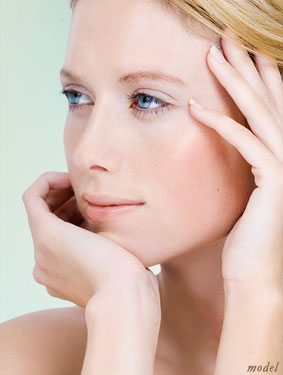Everything You Need to Know About Botox

Botox injections are one of the most requested cosmetic treatments on the market. They are sought after as a treatment to smooth the horizontal lines and wrinkles of the forehead, the “crow’s feet” at the corner of the eyes, necklines, and to smooth out creases in the chin area. Botox is also sometimes prescribed to treat medical conditions, such as migraine headaches, excessive sweating, muscle spasms, urinary incontinence, and others.
How Is It Created?
Botox is created from the bacteria Clostridium botulinum, which produces seven types of neurotoxins. Type A is the most powerful of the toxins and is marketed by Allergen Pharmaceuticals under the brand name Botox. Type B is branded as MyBloc and is marketed by Elan Pharmaceuticals. Type A was approved by the FDA to treat other disorders in 1989, and Type B in 2001. In 2002, both types were approved by the FDA for cosmetic treatment of frown lines between the eyebrows.
How Does It Work?
Botox works by blocking the receptors in muscle tissue that receive signals from the nerves that tell it to contract. Therefore, if you inject a muscle that causes a wrinkle in the overlying skin with Botox, the muscle cannot contract, and the wrinkle doesn’t form. Botox essentially paralyzes the muscle but does not damage the nerve.
Botox treatment is activated within 48 hours of an injection and is not reversible. Its effects become noticeable within five to ten days, and they last for up to five months, after which the muscles develop new receptor sites and regain the ability to contract.
What Happens During the Procedure?
During a Botox injection procedure, your doctor makes several injections into the treatment site, which can produce a small amount of discomfort. When performed by a trained and licensed doctor, side effects are minimal, and can include temporary swelling or bruising at the treatment site, headaches, or flu-like symptoms. However, if the injections aren’t placed correctly, Botox can produce side effects such as dry eyes or excessive tearing, eyelid droop, a crooked smile, and other unwanted effects. Therefore, it is important to choose an experienced practitioner when undergoing Botox injections.
Botox is a safe, non-invasive procedure that can produce desirable cosmetic results. However, women who are pregnant or nursing should forego treatment as the effects of Botox on the baby are unknown.


